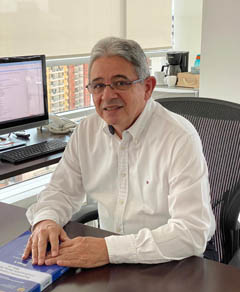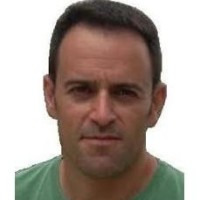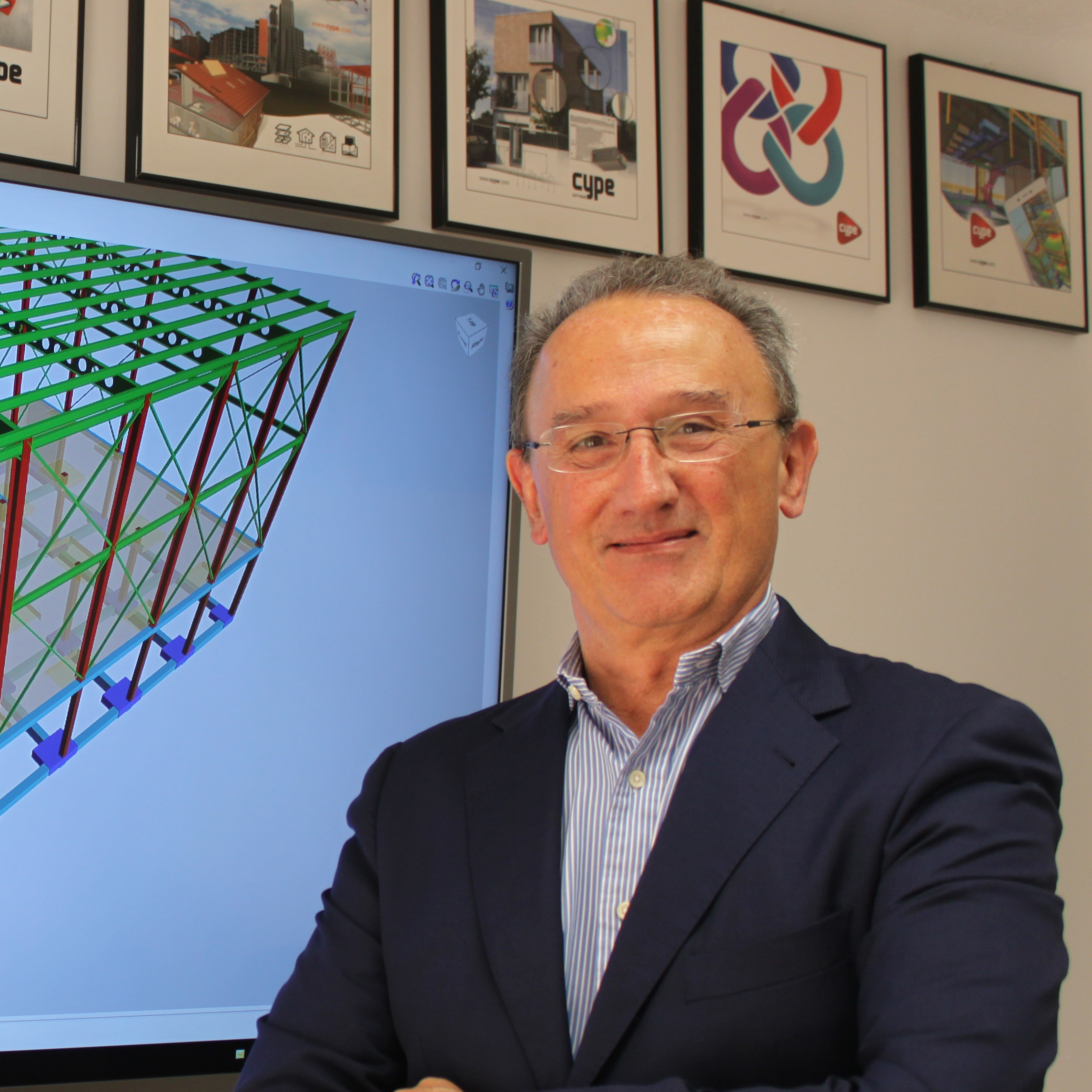The Amura tower has become a Colombian icon as it is one of the tallest skyscrapers in the country. Located in Cartagena, the building is composed of a hotel managed directly by Marriott, with apartments on the top floors. The design and structural analysis of the building, which has 54 storeys and stands more than 200 metres tall, was carried out by a company called Melo y Álvarez Ingeniería SAS. We spoke to Ramón Álvarez, manager and structural engineer.
The Amura tower building is intended to be used as a hotel and for luxury homes. How did these purposes influence you when designing and analysing the structure?
As the same building was to be used for two different purposes, tourism and residences, the floors were different, which meant that we had to work and design with this variability in mind. We were faced with a project that involved a great deal of interference and we had to comply with the regulations for hotels and residential establishments. Finding a solution for the location of the lifts and fire escape stairs was extremely difficult. Also, one of the biggest challenges we had when designing and analysing the structure was to consider the wind to which the building was going to be subjected.

Which solution or structural type seemed more appropriate for the Amura tower: concrete slab or steel structure? How deep were the foundations laid?
In Colombia, almost all of the buildings are made of reinforced concrete and we used this option as it is also the one that best responds to the variability of the floors. The depth of the foundation, after carrying out the ground investigation and the appropriate analyses and checks, was 50 metres.
What loads were considered in the analysis and what code did you follow for a 208-metre-high building?
We have the Colombian anti-seismic building code NSR-10 which is mandatory. We use those loads but, naturally, we also consulted American and European standards, available in CYPE, in order to validate what we were carrying out. Our standards are practically derived from the American ACI standard and Colombia is very much based on the American codes.
Latin America boasts one of the most extensive codes in terms of structural safety...
Yes, Latin America probably has a set of standards that are among the most extensive in the world in terms of structural safety. We also have very competent professionals who, together with a very demanding, excellent code, allow us to generate structures that, provided they meet the minimum requirements, will perform very well. Furthermore, in Colombia, we are also required to go through a technical inspection to corroborate that the specification and all the details of the plans are carried out exactly as they are in the plans themselves.
"Technologies enable us to achieve results. A professional's experience is essential to be able to tackle any project successfully"
What computer programs have you used for the tower's design process?
We have mainly used CYPECAD, as well as other solutions and programs with which we reviewed and corroborated the results obtained to ensure that everything was flawless, well-designed and analysed. As well as the technological tools, professional experience is essential to be able to tackle a structural project successfully, understand the results offered by the program and make the necessary adjustments to it.
In your opinion, what are the main benefits engineers receive from technological tools such as CYPECAD?
I have been working with structures for more than 43 years and I myself started back in the days when we didn't have these kinds of tools and when all we used was a calculator. During this time there has been a very significant generational change. However, the way we used to design buildings in the past, with a great deal of knowledge, is what has allowed us to use programs such as CYPE.
In our company, we use different technological tools, some for designing and some for checking. However, we always aim to achieve the best results. Software, in short, allows us to develop this type of structure that is more than 200 metres high with so many vibration modes, and it would be impossible not to carry them out using computers.
We have found a great deal of help from CYPE. I would highlight the technical specifications in CYPE's solutions, where we obtain the design and check that it complies with the standards of the code that is being applied. We do a lot of validating to make sure that all the parameters are met and that everything that is entered into the computer can be verified by another program or by the designer's experience. I cannot imagine a 200-metre-high structural design with no software: it's just not possible.
“Latin America probably has a set of standards that are among the most extensive in the world”
...while always bearing in mind that professional knowledge, experience and creativity is the most important thing when it comes to carrying out a project.
Naturally. The results need to be very well understood in order to be able to make the adjustments required for the project. That is why it is so important that whoever works with CYPE, for example, has a high level of knowledge in structural design. We need to have a lot of experience in this activity. The program is a means for us to achieve results. However, everything is under the supervision of the professional responsible for the design. At the company, it is clear to us that we must carry out manual reviews in order to have an accurate order of magnitude of everything and ensure that the results are proportional to what is being designed. We have to be careful with the analysis and data entry and validate the information. In our case, our projects are always validated by different software.
How do you see the professionals coming out of university?
Young people coming out of university are very good at operating the programs, but they don't usually have an accurate knowledge of what they are doing because they haven't studied in detail everything we did in the past. If, for example, we talk about the dynamic part, design experts know about the existence of a series of differential equations based on many studies that have allowed us to understand the behaviour of the structure. And all of this must be understood in order to know what you are applying in the design and know whether the spectrum is useful or not. All of this is an order of magnitude and the younger generation really needs to understand it and be aware of it. This is what I try to transmit to the people working with us.
In your professional career, we can see that you have designed buildings with an average of 20-30 floors. Was taking on a project like the Amura tower, with 54 floors, more challenging than previous projects? Does the number of floors change the way a designer tackles a project?
Moving on to 200-metre-high buildings, there are special conditions. For instance, in the case of this design in Cartagena, we found a case where the wind forces are very high and that was the main factor in the design of the foundations. There were recommendations for this structure to undergo wind tunnel tests in order to validate the information we had.
We use everything that is established in CYPE, which is pretty robust, and that's how we apply it. However, we should validate this information and submit it to a wind tunnel test. That and the issue of earthquake loads, deformations of the elements, fixings, overturning, etc. There are a series of elements and variables that have to be very well analysed and quantified. Reaching a building of this height is a delicate matter and requires many parameters to be reviewed. Safety is fundamental, as is the validation of the codes in order to obtain a quality product.
"CYPE's solutions in the field of structures are becoming more and more complete, such as the soil-structure interaction, which is essential when dealing with soft soils"
Changing the subject, regarding Colombia's construction situation, how is the industry doing right now, and how has it been affected by the pandemic?
Colombia is no stranger to what the pandemic is doing in the world. The economy has been affected, especially in the upper strata and in private housing. The government continues to maintain social housing, because of its impact on employment generation. This type of housing is growing.
We believe that the construction of high-rise buildings, the last one was built in Bogotá (64 floors), will struggle. The problem with these constructions is their duration. Nowadays, with the ups and downs of the economy, a three-year project entails a very important investment and a high level of risk. This is restricting high-rise projects and I believe that we are going to move towards projects between 20 and 30 storeys so that their development will take 18 to 20 months and not longer. Overall, the construction industry has been affected by the pandemic. There are no people willing to make investments like those in the Amura Tower. Things are being analysed and scrutinized right now.
Regarding the future, do you have any new tower-building projects in the pipeline or are there any in the country?
We are focusing on 20 or 30-storey buildings. We also have an important amount of projects related to social housing because we not only design but also review and carry out technical inspections of structures. All these lines of business allow us to be permanently linked to structures. Currently, the Colombian code establishes the procedure to follow in case of structural renovation to "bring" existing constructions into compliance with current regulations. This is an important market for us, as all public buildings must be brought up to date and comply with current codes. Right now, there are structures that are very old, from buildings that were built without any kind of standards, and carrying out the renovations is not easy. Carrying this out is quite difficult, but the work is under way.
You also want to implement a European method for building basements in soft ground with embedded screens fixed with cables. Would you mind describing this French company's technique?
In Bogotá, due to our soft soil conditions, the top-down construction system was implemented. This is a system that involves building the slabs on one level and then going down to the foundations. The problem with this system is that it is quite slow and the structure has a lot of joints to make it buildable. For this reason, we have searched for an alternative from a French company to build basements with embedded screens fixed with cables.
This technique had been rejected in Bogotá because of certain problems, but I think the technique is feasible. We are assessing it and we are using CYPE, with its Embedded retaining walls program, to carry out these revisions for fixed walls and temporary anchors. The idea is to try to encourage this construction system in other projects. At this point, we should point out that CYPE's solutions in the field of structures are becoming more and more complete, such as the soil-structure interaction, which is essential when dealing with soft soils.





